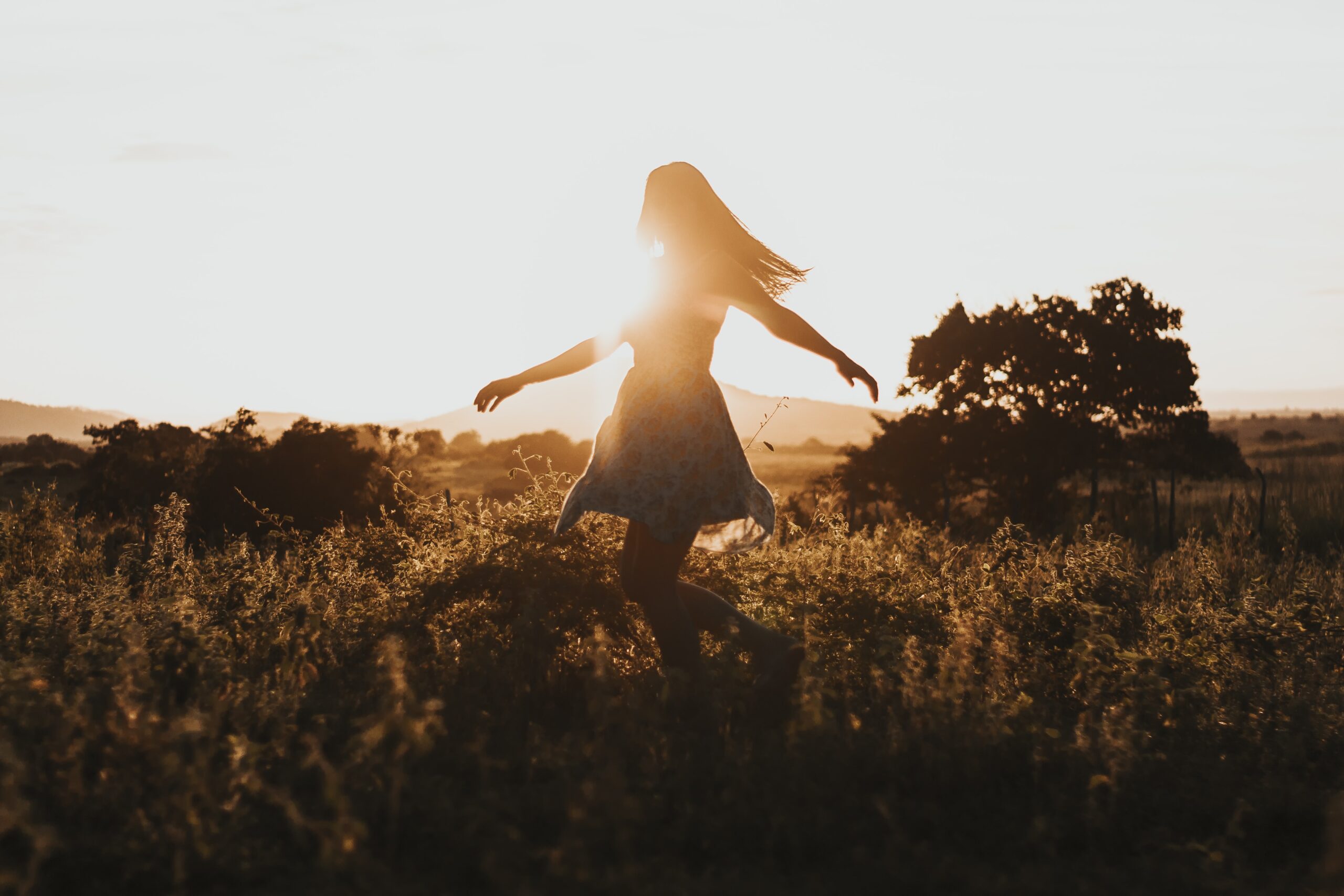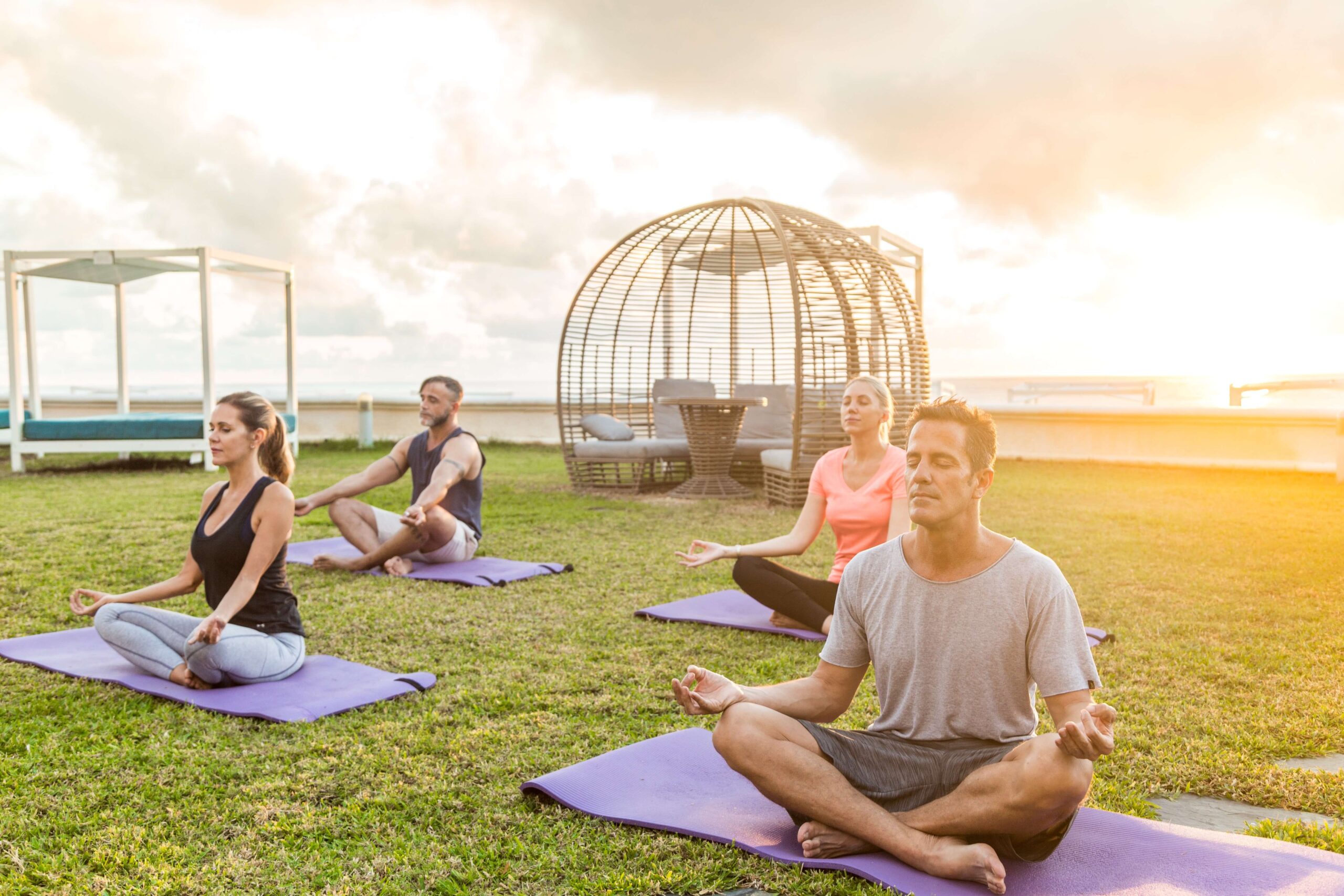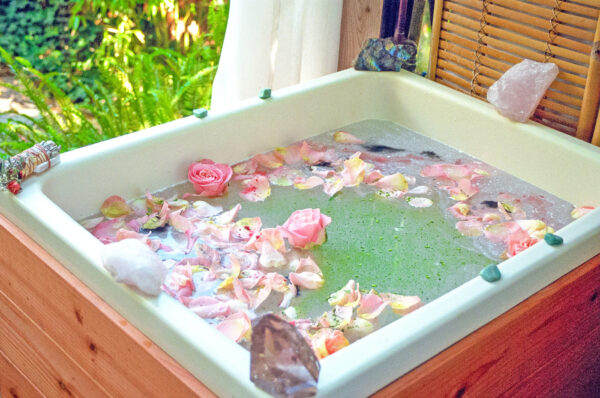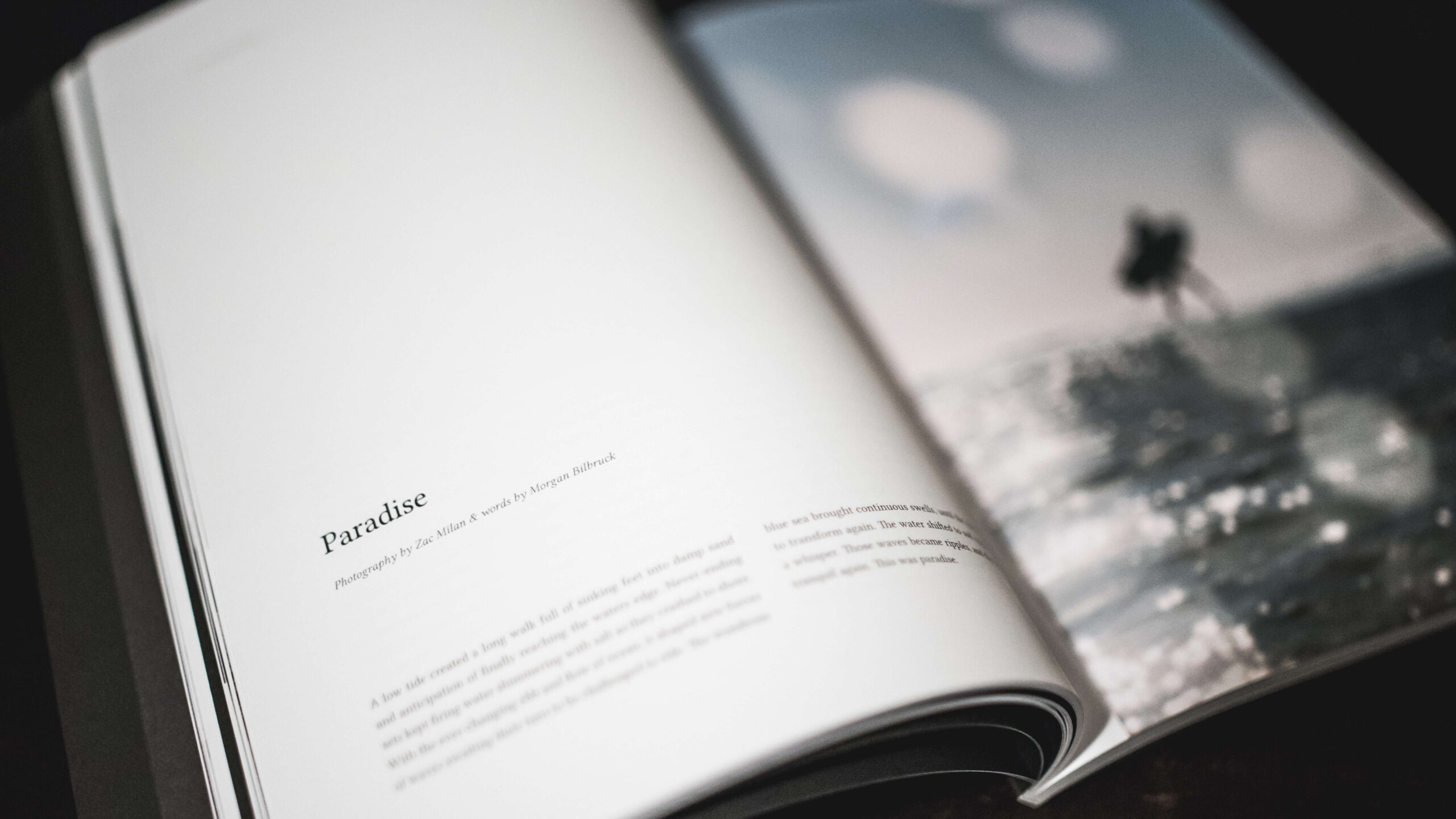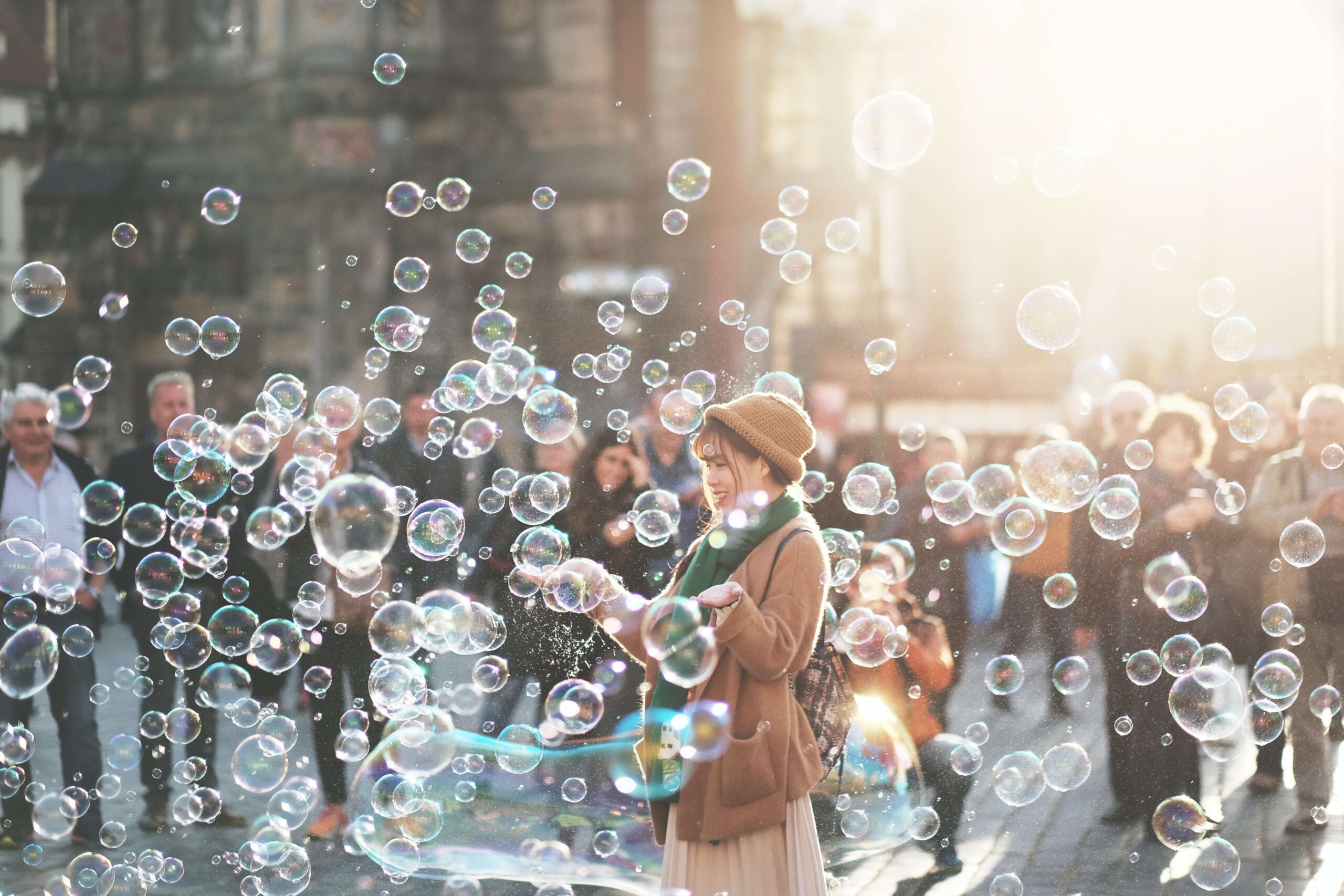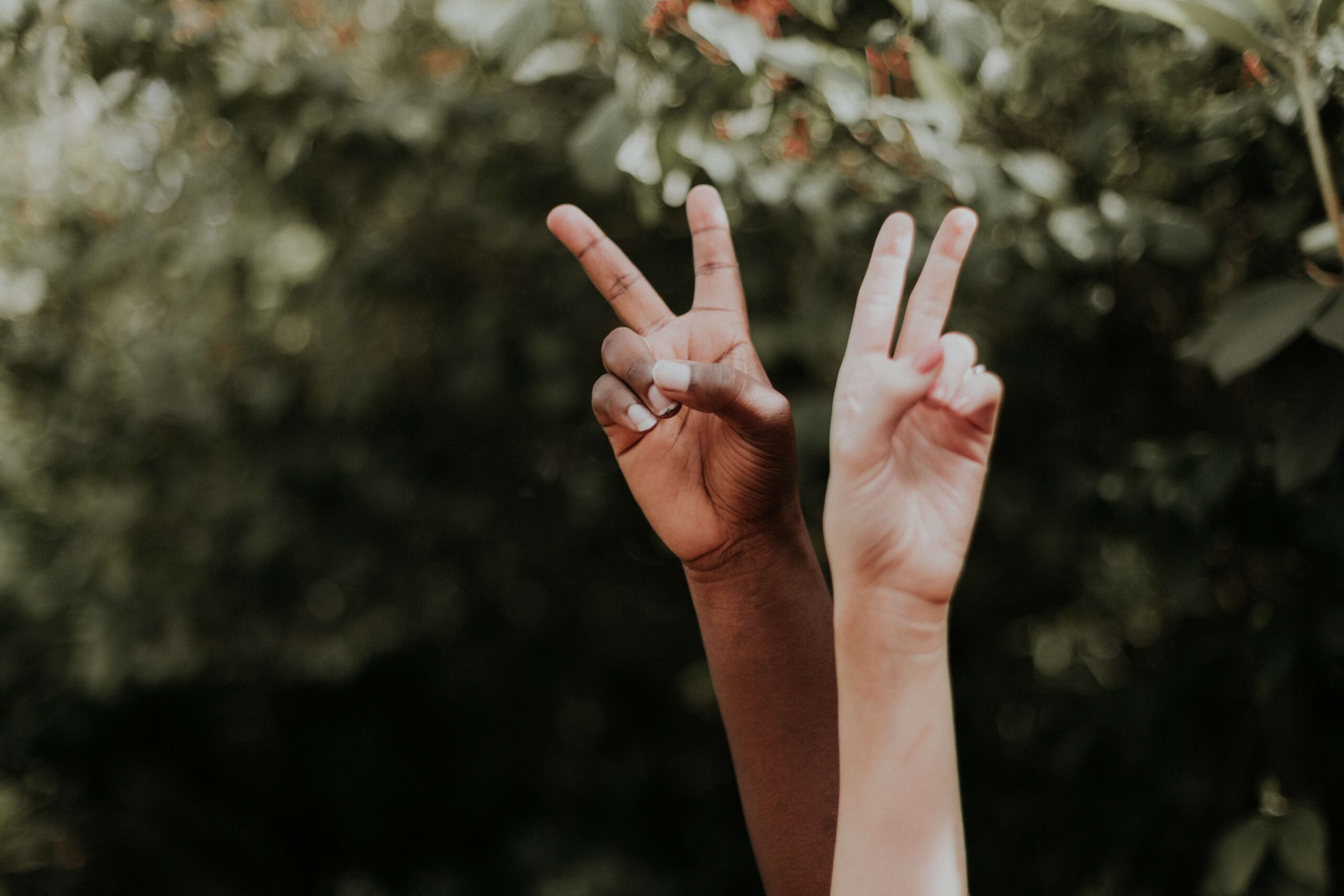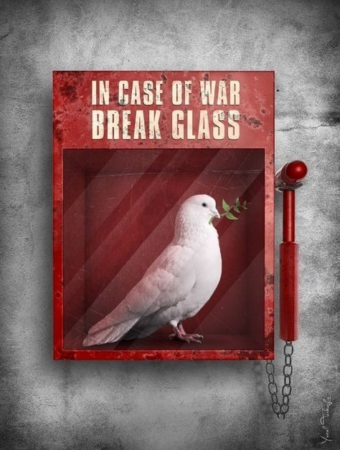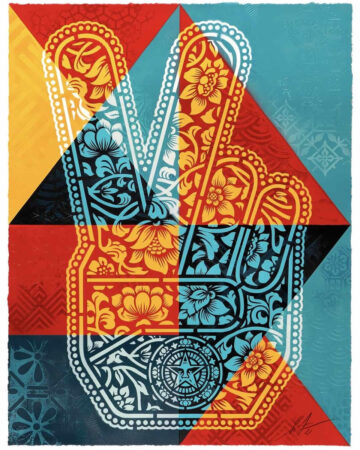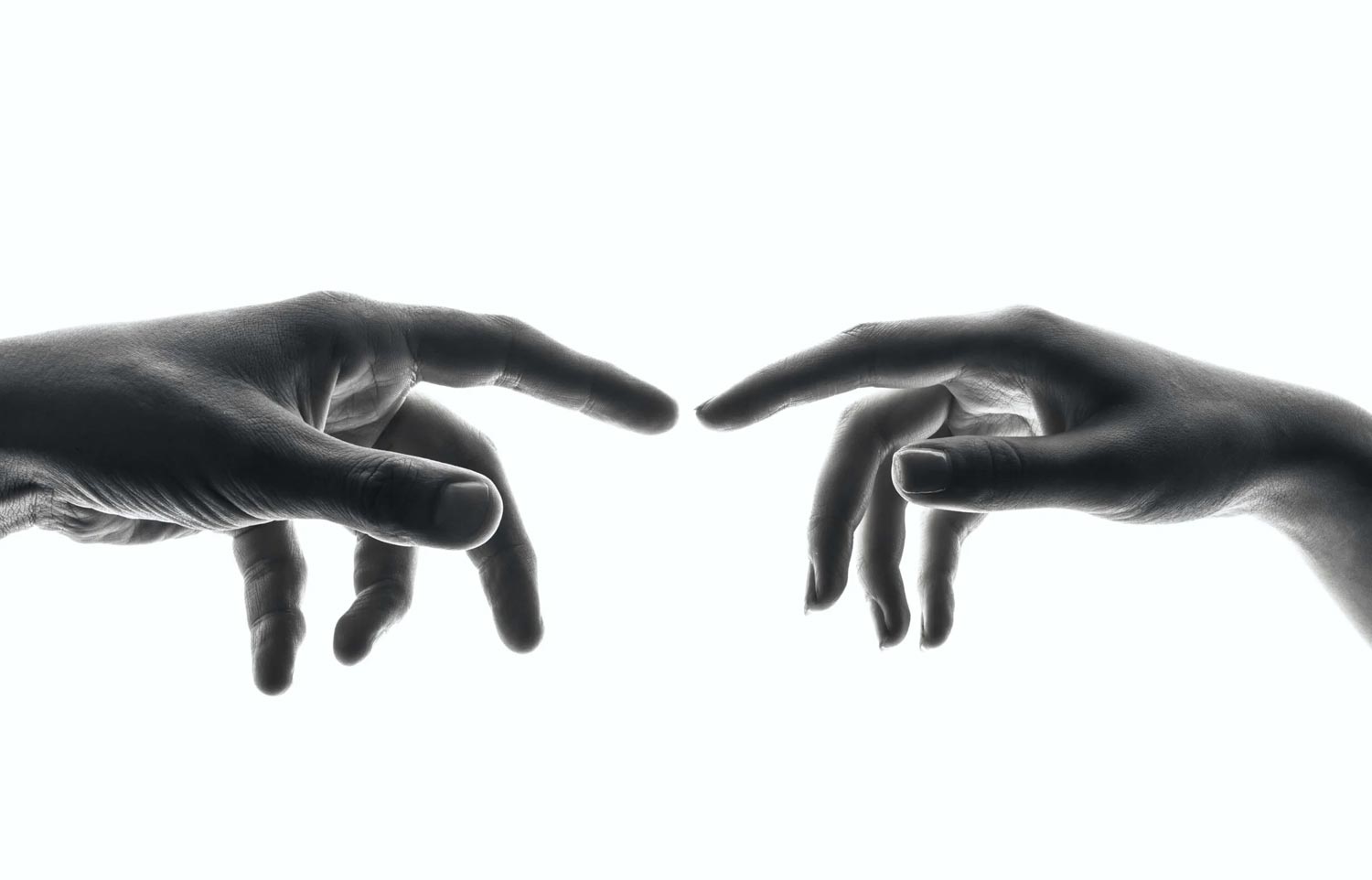Today I came across writing that struck me deeply: a text where, according to the author, “the continuous running away from pain and searching for pleasure are clear signs of self-love”.
I still have a long way to go on my personal learning and healing process, it is continuous, I would dare to say infinite, but the more I go through it, the more I feel and experience life, the more I read, the more I meditate, the more I am certain that authentic Self Love is all about something else, something other than running away from pain and searching for pleasure.
If we want to understand what Self Love is all about, it is important to change the way we see pain and discomfort and the search for pleasure.
In our path in this world, we are brought up to believe that pain and discomfort are conditions from which we must escape, which we must avoid at all costs and therefore most people grow up and live running away from pain and discomfort. Then there are others that are raised in situations of so much pain and discomfort that as adults they inflict on themselves and on others strong self-destructive and painful behaviors, and we could all agree it reflects an emotional disturbance, a pathology, which we would rather not manifest.
Both the people who seriously auto-inflict pain and discomfort into their own lives (which then again, we all do, consciously or not, to a certain extent) and those who continuously run away from pain and discomfort are both prisoners of their pasts and old belief schemes and both of them manifest a distorted definition of Love. I believe both of these two patterns require healing.
Those who live running away from pain and discomfort, live in a continuous run that prevents them from being fully present in their lives, engaging in what I prefer to call self-sedation behaviors, in order to avoid feeling pain and discomfort whenever life reflects to them or confronts them with these conditions.
Most people who search for pleasure, if not all of them, are in effect just trying to sedate themselves. The search for pleasure is an unconscious attempt to dissimulate an inner discomfort that people do not want to feel. It is just a dissimulation, the discomfort will still be there and the sedation process will need to be continuously sustained, whereas the inner conditions do not change.
Running away from something is not an attribute of an authentic Self Love process for it makes us escape reality and escaping reality cannot be the “gateway into paradise”.
People who have healed themselves through authentic Self-Love processes do not want to sedate themselves, do not search for pleasure, they are not running away from something and towards something else, they do not classify situations as pleasant or unpleasant, they embrace it all without judgment, they are not trying to escape what is, they live in the joy inherent to the present moment and living in the present moment is the most beautiful and joyful mountain top they could have achieved.
Self-Love is all about self-healing and self-acceptance. Self-Love is about embracing all that we are, all that life is, with dedication, compassion, and commitment.
Self-Love has no conditions. It is not something we can get from others. Self-Love is something that can only be given and is the core of any self-healing process.
It is about taking full responsibility for our life experience, it is about realizing that no one is coming to save us from ourselves, it is about rolling up our sleeves, burying our hands and arms into the muddy earth, and consciously living and working to participate directly in the creative and healing process of life, working without fear nor judgment, under the conditions that life puts us through, be it in a field of delightfully scented flowers or in stinky muddy manure.
We work in our gardens with the ingredients life grants us with its unconditional love, transforming our emotions and the charges we carry from the past in our emotional bodies, like an alchemist transforms mud into gold.
When we fully embrace Self Love we do not want to run away from whatever life brings to us, because we know that the only way out is through.
When we fully embrace Self Love we do not want to sedate ourselves because we know that we need to feel it to heal it.
When we fully embrace Self Love, we spend time each day with ourselves, we learn to enjoy our own company, we hug and talk to our inner child, and we embrace all our emotions, not only our joy and satisfaction but, more importantly, we also embrace what we classify as less pleasant: the frustration, the anger, the sadness, the fear, the pain and discomfort that are within us all. We embrace it all to feel it because feeling is healing and Self Love is all about self-healing.
Self-Love is about being gentle and taking real care of ourselves, of the way we nurture ourselves in all senses, physically and emotionally, it is about having the mental clarity to guide ourselves into authenticity, of having the courage to be ourselves instead of what other people want us to be, it is about being with ourselves no matter what, it is about forgiving ourselves, it is about embracing all there is with compassion, it is about putting an end to the running away process, it is about finding the courage to stop sedating ourselves and starting to be really present in our lives.
Self-love is about learning to value life; it is about becoming responsible for our own feelings. Self-Love is about becoming a mother and father of ourselves and stopping using others or manipulating life in order to obtain the love and attention we are not giving ourselves.
Self-Love is about accepting our life experiences as valid and ceasing to escape our own reality. It is about being fully present. It is about being alchemists. It is about transforming and healing ourselves, from within, with commitment, courage, pain, tears, with everything life is, in order to be able to understand what authentic Peace and Joy really mean.
About Susana
Susana teaches kundalini yoga, gong yoga, and meditation in Ticino, Switzerland, and organizes workshops and retreats of yoga, detox, meditation, and mindfulness, trying to facilitate participants self-observation, and inner growth, transformation, and expansion of consciousness.
More details on the website: www.susanadesousatavares.net


